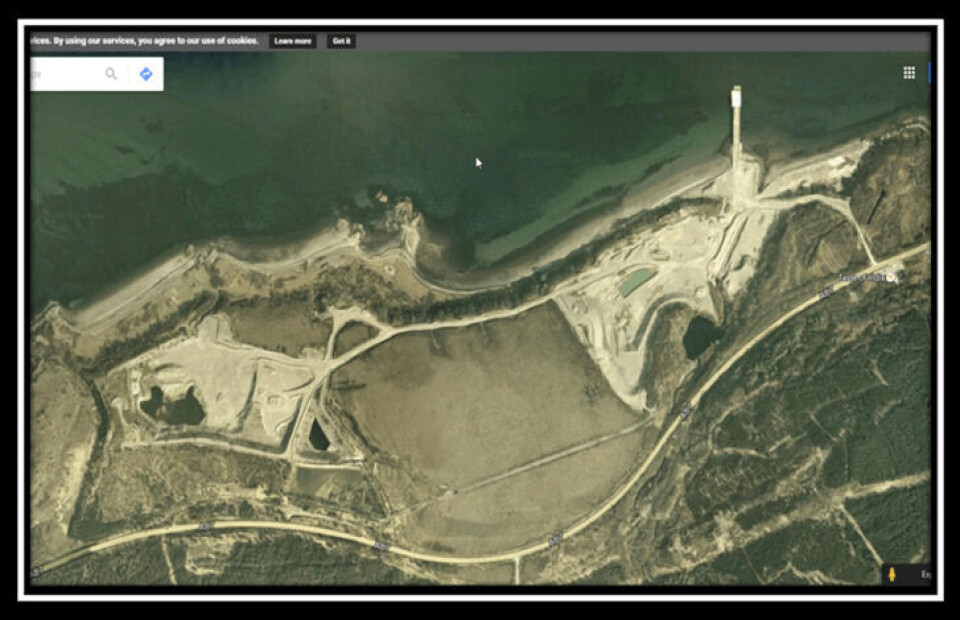
Centre of attention
Plans to create the Scottish aquaculture industry’s first visitor centre for more than three decades have been revealed by Marine Harvest.
The plans were unveiled at a recent open day held to inform the public about the company’s new feed mill at Kyleakin on Skye.
As Steve Bracken, Business Support Manager for Marine Harvest Scotland, told Fish Farming Expert: “We want to show all aspects of salmon farming and feed production and broaden the visitor experience with the wild salmon life cycle and possibly even seafood on and around the Isle of Skye.
“As the original salmon farming company in Scotland we’ve often been asked why we don’t have a centre where visitors can taste and learn about Scottish farmed salmon. Well, hopefully, we will change all that with a venue that will showcase the finest farmed salmon and seafood products in Scotland.”
The centre, which will be equipped with audio/visual displays and practical demonstrations, aims to inform not only the general public but also interest groups, schools and colleges about:
- The life cycle of farmed salmon
- Wild salmon on Skye and Lochalsh
- The history of salmon farming in Scotland
- How and where the company farms salmon
- Salmon feed manufacturing
- Salmon products and markets
- Preparing salmon
- Salmon smoking
- Salmon tasting
- Promote the tourism experience
- The sustainability of farmed salmon and seafood supply
If the plans are a success they will demonstrate a welcome change in the relationship between the industry and the public. Even if they are not, they at least suggest a renewed ambition for the industry to engage with the wider world, not seen since the early days of the sector in Scotland.
Indeed, Scotland’s early fish farming industry engaged with the public – the Sea Life Centre on Loch Creran outside Oban was originally founded in 1979 by the late Guy Mace, of Golden Sea Produce, as a bid to both inform the public about the fledgling industry and also to help fund the company’s broodstock unit.
However, the 1990s and 2000s were characterised by a more ambivalent relationship between the industry and the public – with environmental and wild fisheries lobbies taking a more negative stance against the industry
Perhaps the new visitor centre will help mark a turning point at a time when good news stories – such as the increasing use of chemical-free lice treatments – are becoming increasingly common in the media.






















































